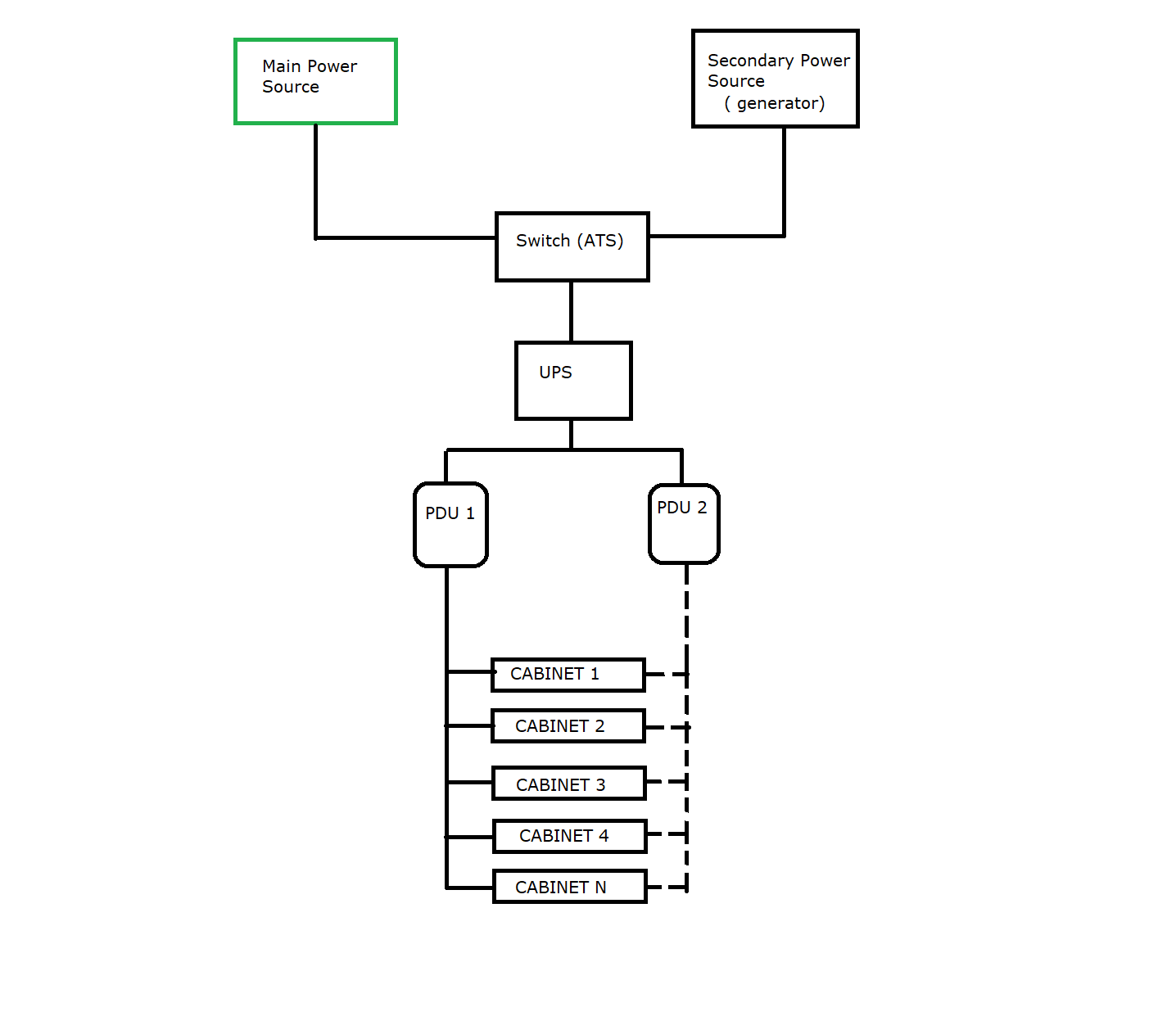Data Center Redundancy: N+1
Publisher: Psychz Networks, December 31,2020Data Centers are of high importance for any organization that keeps all its data inside a facility that houses high capacity servers for storage and backup. These are state-of-the-art, private facilities used to centralize their IT operations and equipment. With businesses realizing the dynamism of what can be done with their data, they have moved on from their existing resources to well-equipped Data Centers to aid better data management. Data Centers have become a top priority for businesses worldwide to measure up their IT infrastructure requirements. With this shift in addressing information, Data Centers have moved beyond being just an additional storage facility. They have emerged as a critical business parameter.
Power in a data center is used to keep the servers running. Other vital modules that need the power to maintain balance are air conditioning, ventilation, lighting, security, etc. In the data center, servers are connected with other auxiliary equipment that provides external support to the servers. For example, the Power Distribution Unit (PDU) is required to power the server. The servers generate a large amount of heat when they are operating at a high peak. Hence, an efficient cooling system must control and maintain the temperature inside the data center. Fault in any of these can lead to a breakdown of servers, leading to data loss or connectivity.
There were several methods developed to achieve a reliable system by offering an alternative power source. Redundancy refers to the system design principle that involves duplicating components constituting the IT systems to achieve this goal. Introducing redundancy into the system is one approach to reduce the risk of service interruption, protect against abnormal behavior, and establish adequate fault tolerance. There are many Redundancy techniques (N+1, 2N, 2(N+1) OR 3N2) suitable for different business models. At Psychz Network, all our Data Centers follow the N+1 design principle because it ensures system availability in the event of component failure. So, in the case of a component (N) failure, you have at least one independent backup component (+1). At Psychz Networks, our N+1 configuration includes power generators that activate when the regular power source is unavailable. We also have standby units for cooling if there is a failure with Ac units.
Understanding the N+1 design concept
Let us first understand the concept of (N+1) architecture. In the N+1 design principle, the N equals the capability required to power or control temperature at the data center facility operating at capacity. However, with this design, there is no provision for redundancy. If the facility is at full load and a component fails, or any maintenance is required, mission-critical applications would suffer. N is the same as non-redundant. Adding "+1" to the N component adds an alternative to component N that can take over in case of the component failure. At all our datacenters, we have an N+1 design implemented at the power source. Two sources power our facility, and hence in case one source goes down, the other takes over. We also have powerful generators available onsite that runs on bio Diesel or Natural Gas that provide onsite power generation in case of a mainline outage. The generators kick in when any one of the lines goes down and replaces the power source in just about a few seconds. The power source is used to keep the cooling unit up and to run. Cooling is an essential part of a data center; a massive amount of power is utilized to cool the facility and keep the temperature under control. If this heat is not controlled, the machines will get too hot and shut down or crash.
Using the following diagram, let us try to understand the N+1 design in detail. In this architecture, the primary source of power is N, and the secondary source is "+1," offering redundancy. In case of a power outage (disaster or maintenance) where the N fails to deliver power, secondary sources take over and provide a seamless power source without disturbing the system. This happens seamlessly because the main switch panel switches from city power to alternate secondary sources in a fraction of a millisecond. When the primary source returns, the main switch will revert the power source giving control to the primary power.

Conclusion
Datacenter architectures and requirements can differ significantly. Regardless of classification, an effective data center operation is achieved through a balanced investment in the facility and equipment housed. Datacenter redundancy is a long process and always increases raw hosting costs. At Psychz Networks, we take seamless and uninterrupted service very seriously because thousands of our customers rely on our service. We can also offer N+1 architecture for UPS at some of our facilities where the customer can choose to order two circuits for their servers, including the PDUs. For an additional fee, clients can choose to bring in two power sources for their servers and have the two sources run on a different feed. This method is called the A+B technique, where A and B are two separate power sources. Some servers have two input power sources, and we can just run this source to other UPS and other PDU. for example -
Server
=======
Power 1 inputs to UPS1/PDU1
Power 2 inputs to UPS2/PDU2
=======
The above design is possible if both the UPS/PDU go through the same building power. This ensures if any issues with one of the UPS/PDU, the other source will take over the server's supply power.




